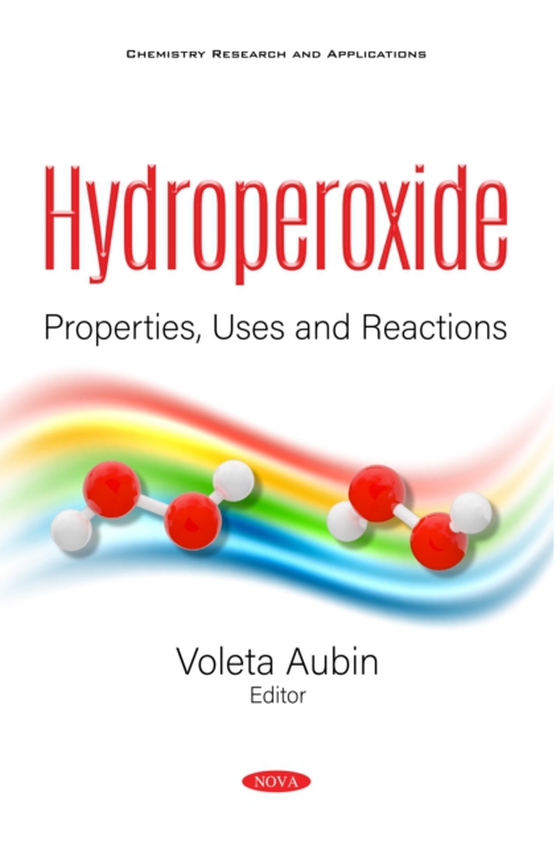
Hydroperoxide: Properties, Uses and Reactions e-bog
802,25 DKK
(inkl. moms 1002,81 DKK)
In Hydroperoxide: Properties, Uses and Reactions, the conformational mobility of tert-butyl hydroperoxide is investigated in the context of the MP2/6-31G(d,p) theory of non-empirical quantum chemistry. The magnitudes of the trans- and cis- barriers of the internal rotation are equal to 3.4 and 32.9 kJ/mol respectively. Lipid hydroperoxides are important intermediates of the peroxidation process...
E-bog
802,25 DKK
Forlag
Novinka
Udgivet
24 april 2020
Længde
138 sider
Genrer
PNN
Sprog
English
Format
pdf
Beskyttelse
LCP
ISBN
9781536176377
In Hydroperoxide: Properties, Uses and Reactions, the conformational mobility of tert-butyl hydroperoxide is investigated in the context of the MP2/6-31G(d,p) theory of non-empirical quantum chemistry. The magnitudes of the trans- and cis- barriers of the internal rotation are equal to 3.4 and 32.9 kJ/mol respectively. Lipid hydroperoxides are important intermediates of the peroxidation process, as they may undergo spontaneous or protein-mediated translocation to other membrane compartments where one- or two-electron turnover could take place. As such, these and other consequences of membrane lipid peroxidation, particularly those associated with photodynamic action, are discussed. The results of a study are presented wherein short-chain aldehydes were bio-synthesized in the brown algae Saccharina angustata via two cascades from unsaturated fatty acids. The metabolism of these intermediates was clarified by purification and identification of the compounds during incubation through HPLC and GC/GCMS techniques, and hydroperoxide properties in the algae relating to aldehyde isomer formation are proposed. Additionally, the results of complex systematic studies on the interactions of arylalkyl hydroperoxide compounds with tetraalkylammonium bromides are discussed. Kinetic investigations of the arylalkyl hydroperoxides' catalytic decomposition in the presence of tetraethylammonium bromide revealed the presence of the ROOH-Et4NBr complex formation stage.
 Dansk
Dansk

